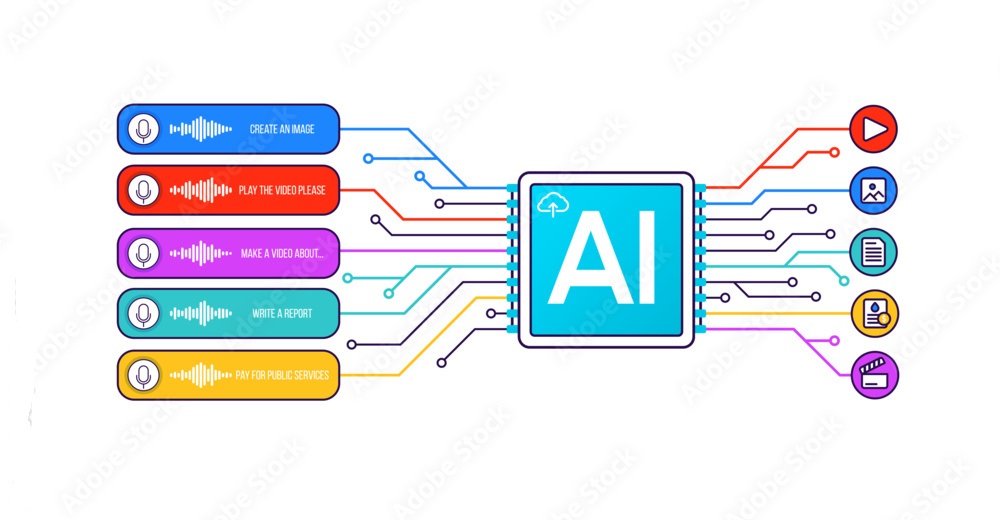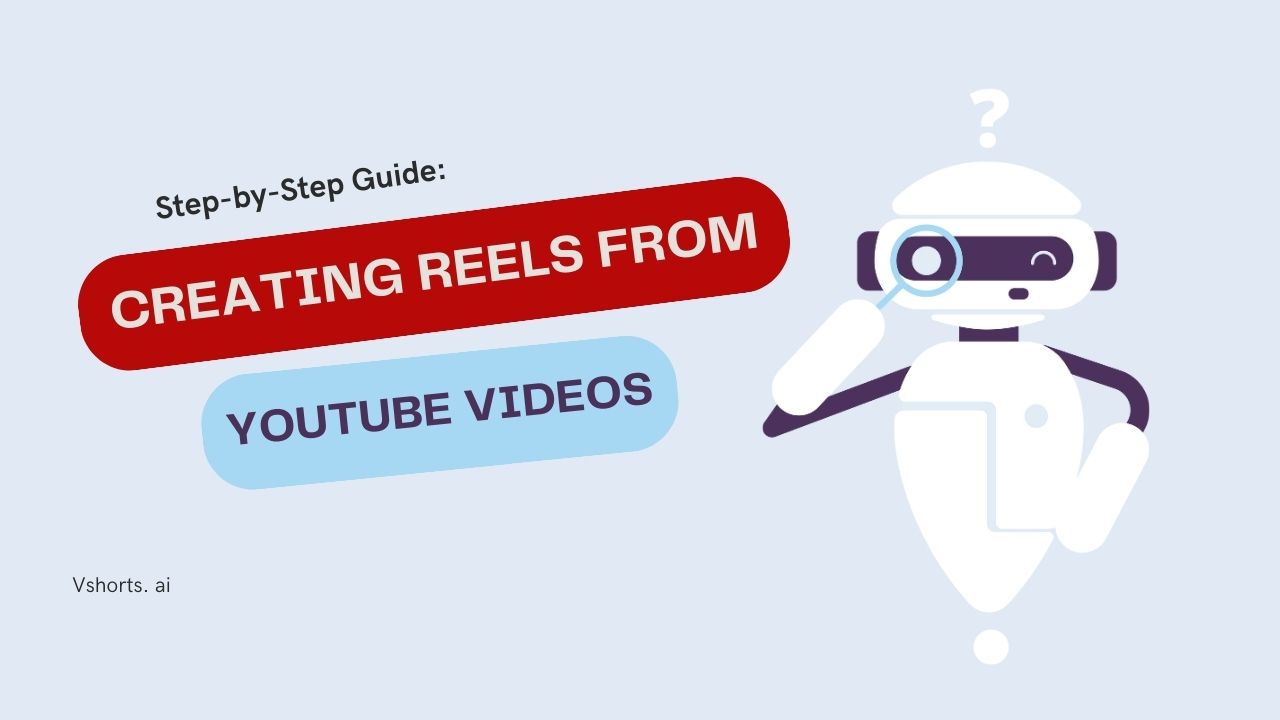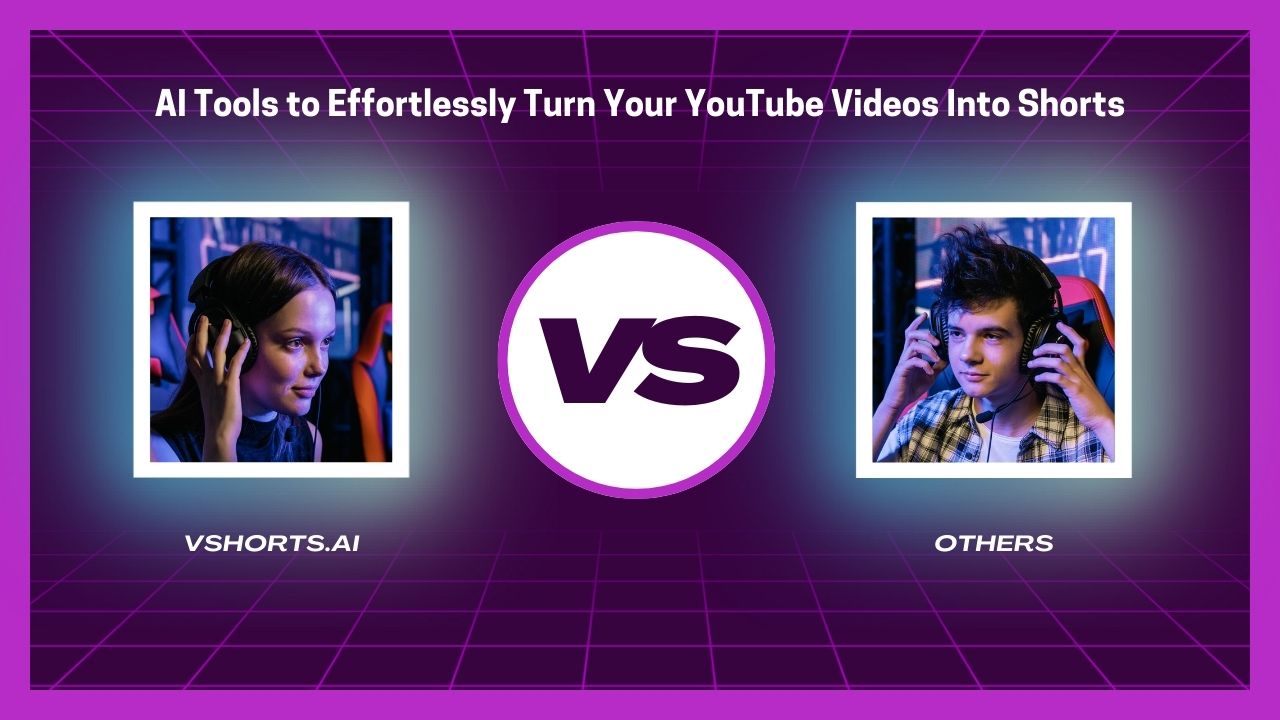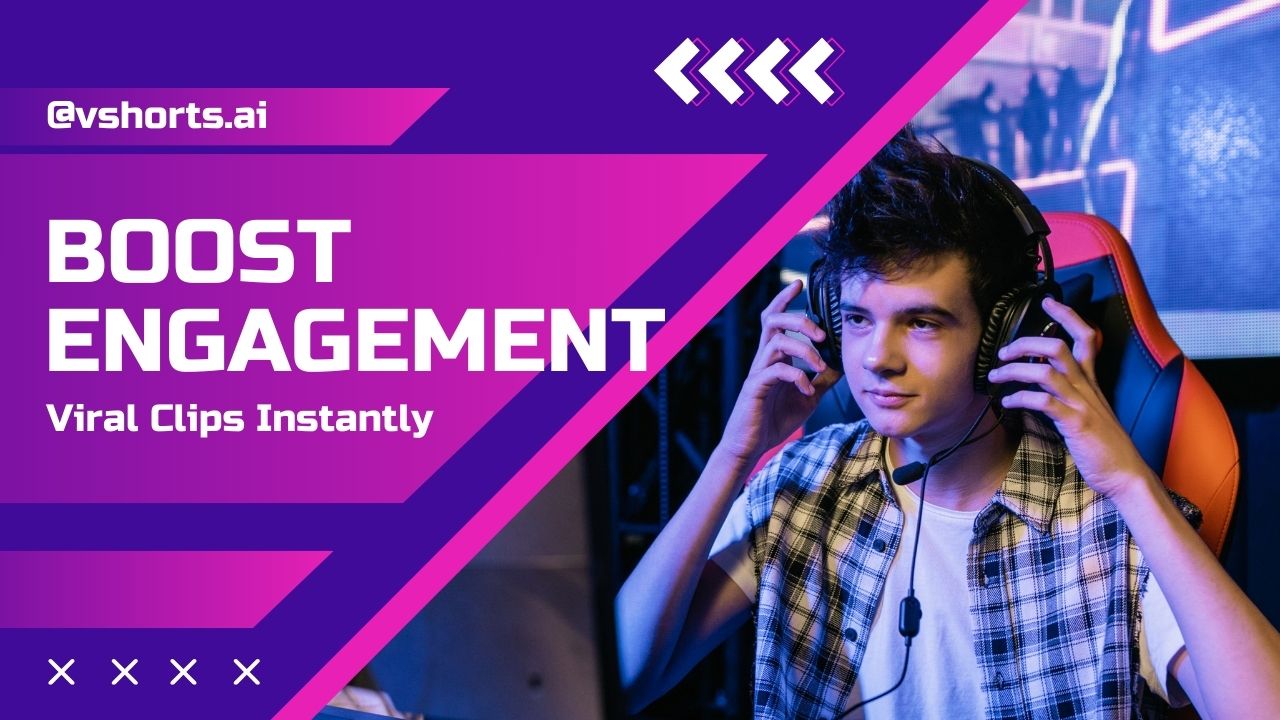
The rise of short-form video content is undeniable. With platforms like TikTok, Instagram Reels, and YouTube Shorts gaining immense popularity, creators are now focusing on bite-sized, engaging clips to capture their audience's attention. However, many content creators, especially YouTubers, have long-form videos filled with valuable content. The challenge lies in converting those longer videos into short, attention-grabbing clips that maintain the essence of the original content. Luckily, with advancements in AI, repurposing long YouTube videos into engaging Shorts has never been easier.
In this blog post, we’ll explore how you can effectively use AI tools to transform your lengthy YouTube videos into compelling YouTube Shorts, without sacrificing the core message.
Why Repurpose Long Videos into Shorts?
Before diving into how AI can help, let’s understand why you should repurpose your content in the first place. The growing trend of short-form video has created an opportunity for content creators to:
- Reach a Wider Audience: YouTube Shorts cater to a different, often broader, audience compared to traditional long-form content. These quick snippets can bring in viewers who may not have time to watch a full-length video.
- Boost Engagement: Shorts are known for higher engagement rates because they are concise and to the point. Viewers are more likely to engage with content that doesn't demand much time.
- Maximize Content Usage: If you have hours of valuable video content, repurposing them into Shorts allows you to make the most out of each video, keeping your content evergreen and reaching new viewers.
- Enhance Discoverability: YouTube’s algorithm promotes Shorts aggressively, which can help you increase your channel’s visibility and gain new subscribers.
With these benefits in mind, let's look at how AI can simplify the process of repurposing long YouTube videos into Shorts.
How AI Makes Repurposing Content Easier
Manually combing through hours of video footage to find suitable clips for Shorts can be tedious and time-consuming. This is where AI-powered tools come to the rescue. AI offers several advantages, such as:
- Automatic Clip Detection: AI tools can analyze your video and automatically identify key moments or highlights that are most suitable for a short-form format.
- Content Summarization: AI can extract the core message or summary of long videos, helping you create concise, impactful Shorts that deliver value in less time.
- Smart Editing: AI tools can automatically handle basic editing tasks like trimming, adding transitions, or even including subtitles—making the process much faster and efficient.
Now, let’s go over the steps on how to effectively repurpose your long YouTube videos into Shorts using AI.

Step-by-Step Guide to Repurposing Videos with AI
1. Choose the Right AI Tool for Video Repurposing
The first step is to select an AI-powered video tool designed for content repurposing. There are several options available, including:
- Pictory: Pictory is a user-friendly AI video editing tool that can convert long videos into short clips. It allows you to upload your video, and it automatically identifies key moments worth sharing in a shorter format.
- Descript: Descript offers powerful video editing capabilities, including transcription, which can help you pinpoint sections of your long video to turn into Shorts. With its AI features, you can easily edit and trim videos by simply editing the transcript.
- Vidyo.ai: This AI tool specializes in repurposing long-form content into smaller snippets for YouTube Shorts and other short-form platforms. Vidyo.ai automatically generates clips based on your input, optimizing them for mobile viewing.
- Adobe Premiere Pro (AI-Powered Auto Reframe): For more professional-level tools, Adobe Premiere Pro’s Auto Reframe feature can automatically adjust the aspect ratio of your videos to suit YouTube Shorts while keeping the focus on key elements.
2. Upload and Analyze Your Long Video
Once you’ve chosen your preferred AI tool, the next step is to upload your long YouTube video. The AI will analyze the content to identify potential segments that can be turned into shorts.
- Identify Key Moments: Most AI tools use machine learning algorithms to detect points of high engagement, such as peak moments of audience interaction, humor, or critical takeaways. You can customize these clips or allow the tool to select them for you.
- Trim and Cut: The AI will automatically trim and cut your video to fit the short-form format, typically between 15-60 seconds, which is the standard length for YouTube Shorts.
3. Optimize for Vertical Format (9:16 Aspect Ratio)
YouTube Shorts are designed for mobile viewing, meaning you’ll need to convert your horizontal (16:9) YouTube video into a vertical (9:16) format. AI tools like Adobe Premiere Pro or Vidyo.ai can help you do this seamlessly.
- Auto-Reframe: Some AI tools can intelligently adjust your video's framing to ensure that the most important elements remain in focus, even after changing the aspect ratio.
- Zoom and Crop: If necessary, the AI can zoom in and crop sections of the video to fit the vertical format without losing quality or context.
4. Add AI-Generated Subtitles and Captions
Subtitles and captions significantly boost engagement, especially for mobile viewers who may be watching videos with the sound off. AI-powered tools can automatically generate accurate subtitles for your video clips.
- Descript and Pictory: These tools can transcribe your video's audio into text in real time, which you can edit or leave as-is. They also provide customization options, such as font and placement, to suit the YouTube Shorts format.
- Engagement-Boosting Features: Adding engaging elements like captions, emojis, or even AI-generated graphics can further enhance the viewer experience and increase the likelihood of shares and likes.
5. Fine-Tune and Export
Once your AI tool has created your short clip, you may want to make some final adjustments, such as refining the clip selection, editing the subtitles, or adjusting the background music. Most AI platforms allow for manual customization if you wish to fine-tune the AI's output.
After you’ve finalized your edits, export your video in the appropriate format for YouTube Shorts. Make sure the video adheres to YouTube's requirements for Shorts—vertical orientation and under 60 seconds in length.
6. Optimize Your Shorts for SEO
Before uploading your new Shorts to YouTube, don’t forget to optimize them for search engines and YouTube’s algorithm. This involves:
- Use Relevant Keywords: Choose a title that includes relevant keywords, such as “YouTube Shorts,” “AI video editing,” or “repurpose content.” This will help your Shorts rank higher in search results.
- Include Hashtags: Use hashtags like #Shorts, #YouTubeShorts, and other relevant tags to increase discoverability.
- Engaging Thumbnail: Although YouTube Shorts are often displayed without a thumbnail in the Shorts feed, an engaging thumbnail is crucial when the video is viewed on your channel.
Conclusion
Repurposing long YouTube videos into Shorts doesn’t have to be a time-consuming process. By leveraging AI tools, you can quickly create engaging, bite-sized content that captures the essence of your original videos. This not only maximizes the use of your existing content but also helps you reach new audiences and boost engagement. With AI doing most of the heavy lifting, you can focus on creating even more valuable content for your viewers.






